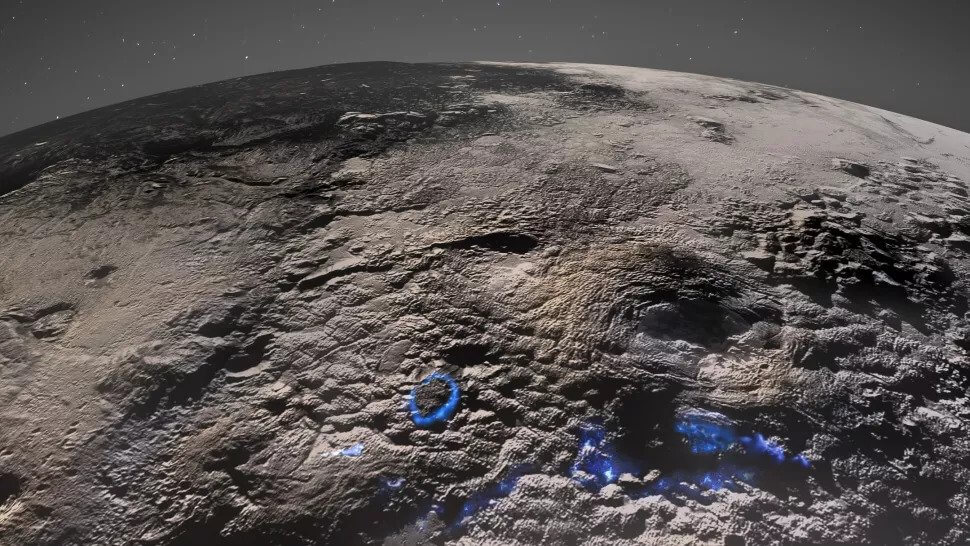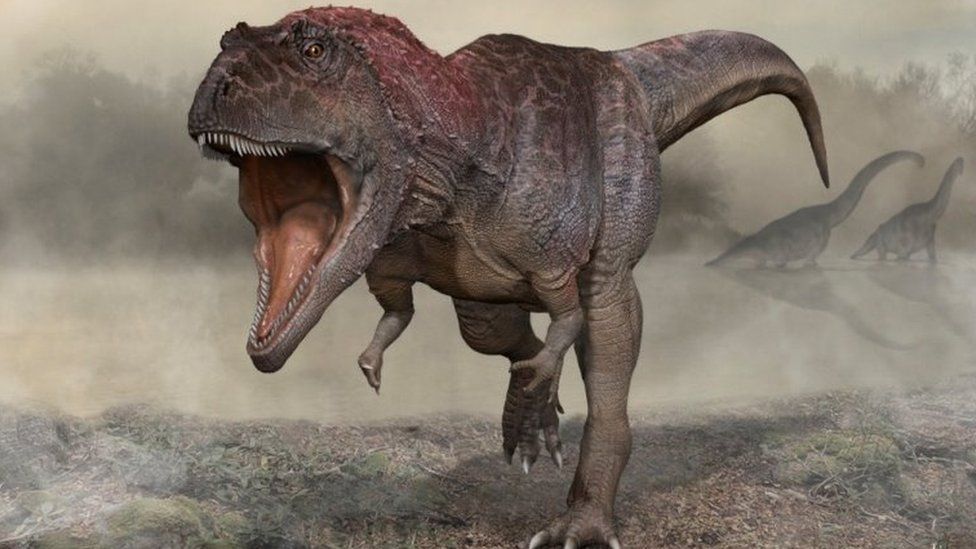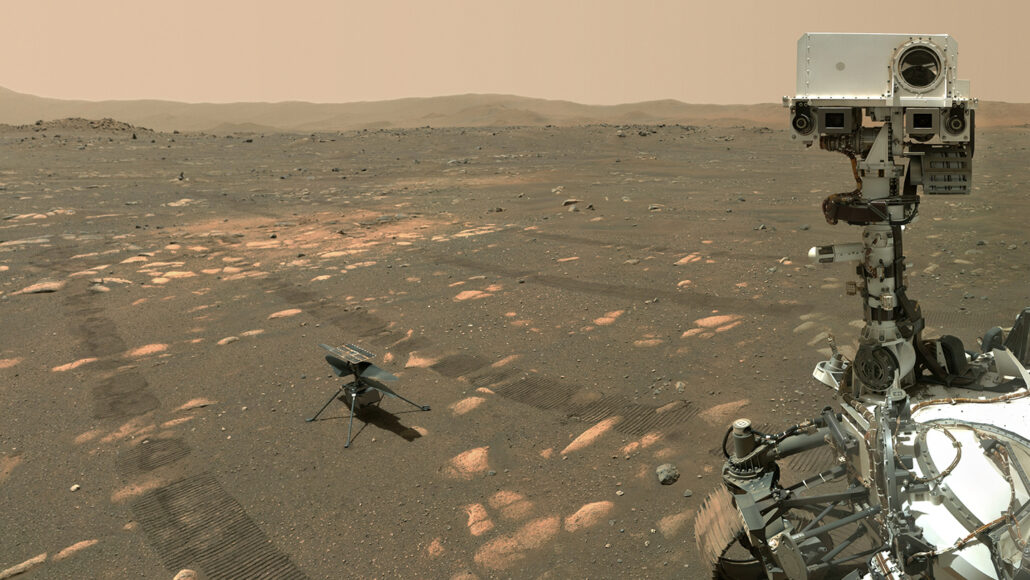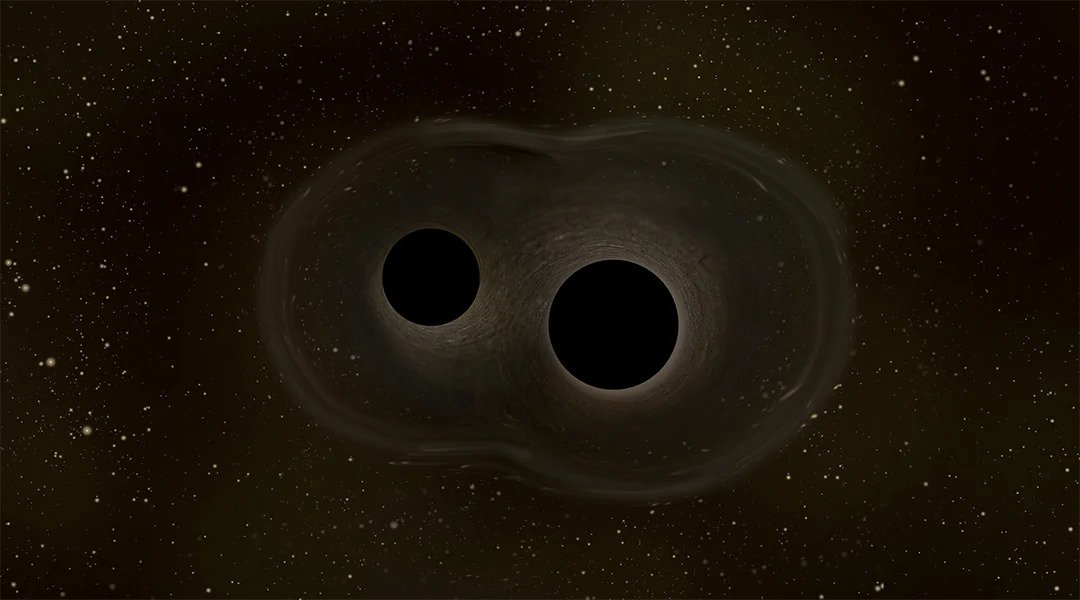
Did you know that scientists, researchers, and engineers have been hard at work cracking the codes of reality this year? In the 10 months of this year, humanity collectively recorded the sounds of a single bacterium using graphene drums, discovered how archerfish are such good sharpshooters, built a heat engine that outperforms standard steam engines, and discovered a preserved dinosaurs leg that may be from the day the dinosaurs were wiped out by an asteroid.
That’s just a taste of the amazing scientific work that has been revealed to the world in this year, and there is so much more happening all the time. Trying as we might, it’s difficult to keep up with all the ways the world — and the universe — is changing all around us. As soon as we get our heads around the latest news, there’s more to discover. With that in mind, we’ve compiled a list of some of the most interesting stories from the world of science that occurred in 2022.
- Pluto Has Ice Volcanoes
NASA’s New Horizons mission flew by Pluto, everyone’s favorite dwarf planet, in 2015. It took the most detailed images of the icy world’s surface that humanity has ever seen, and scientists have spent the last several years combing through the data to figure out what makes Pluto tick. Researchers discovered a series of dome-like structures southwest of Sputnik Planitia that could be explained by volcanic activity spewing material onto Pluto’s surface. The only catch is that those volcanoes are extremely cold.
Volcanoes are well-known for spewing liquid rock and gas from beneath the surface onto the land and into the atmosphere. Pluto, located closer to the solar system’s edge, is home to a completely different type of tectonic activity. Ice volcanoes on Pluto would require heat from the dwarf planet’s interior to melt ice and push them to the surface, implying that Pluto has been geologically alive. Finding any kind of geological activity on Pluto adds an exciting dimension to a world that was previously thought to be a cold, dead rock. Furthermore, an examination of the impact craters in the area indicates that the activity is recent.

You will also like: 10 Famous Scientists in India Who Changed the World
- The Reason for T. Rex’s Stubby Arms
The T. rex is probably the most well-known dinosaur of all time. As vicious as it was, its stubby little arms seemed at odds with an otherwise massive body, perfectly suited to tearing into the bodies of prey animals.
Scientists have spent decades debating the reason and purpose of T. rex’s arms and have never come up with a satisfactory answer. Previous hypotheses suggested that their arms were used as pectoral claspers during mating or to push themselves up off the ground if they fell. The problem is that larger limbs would have been better suited to each of those activities. There was no functional explanation for why they would have evolved such small grabbers. A recent study, however, suggests that we may have been thinking about T. rex’s arms incorrectly. The new hypothesis is based on the idea that getting smaller was the point all along.

Trending: CBSE Class 10 Sample Paper 2022–23
- Mars Has Two Speeds of Sound
We tend to think of the speed of sound as a constant, but this isn’t true even on Earth. Sound travels at different rates through different mediums, so the speed of sound varies with altitude as a function of atmospheric conditions.
In terms of other planets, the speed of sound should be different due to the thickness and composition of their atmospheres. We can test that hypothesis on the surface of Mars, where we have delivered a large number of probes and rovers.
Scientists working with the Perseverance rover recently measured the speed of sound on Mars using onboard microphones. Because of Mars’ thin, carbon-dioxide-rich atmosphere, the speed of sound was slower, around 240 meters per second, compared to Earth’s 343 meters per second (per the Jet Propulsion Laboratory).

- Neptune’s Strange Temperature Fluctuations
Neptune, the solar system’s most distant planet (take it up with the astronomical union, we love Pluto, too), is tilted similarly to Earth, causing seasonal changes as it slowly revolves around the Sun.
Unlike on Earth, those seasons can last for a very long time. Each season can last decades because one orbit around the Sun takes about 165 Earth years. Recent observations examining decades of data from Neptune during its summer season revealed an unexpected finding about the planet’s global temperatures.
Instead of warming, astronomers at the University of Leicester discovered that the planet had cooled by about 8 degrees Celsius. Furthermore, a temperature increase of 11 degrees Celsius was observed at the southern pole.
It is currently unknown why Neptune’s temperatures do not match our expectations. Scientists intend to continue observing as the planet enters a new season in the hope of elucidating whatever strange environmental phenomena are occurring there.

- Two Black Holes Merged
The Laser Interferometer Gravitational-Wave Observatory (LIGO) was built in the hopes of proving gravitational waves exist. Those waves are essentially rippling in space-time caused by massive mass shifts, such as when two black holes collide.
A new observation was published in the journal Physical Review Letters on April 11, 2022, describing the merger of two black holes, which resulted in a violent shift in velocity. Following the merger, the more massive single black hole accelerated to 5 million miles per hour.
Scientists are interested in this merger because it will help them better understand how massive objects interact gravitationally. The newly merged black hole has two proposed resting places, each with a different probability. Understanding how and why it eventually settles in can help us create more accurate gravitational models. It may also reveal more about the formation of supermassive black holes, such as the one thought to exist at the center of our own galaxy.































